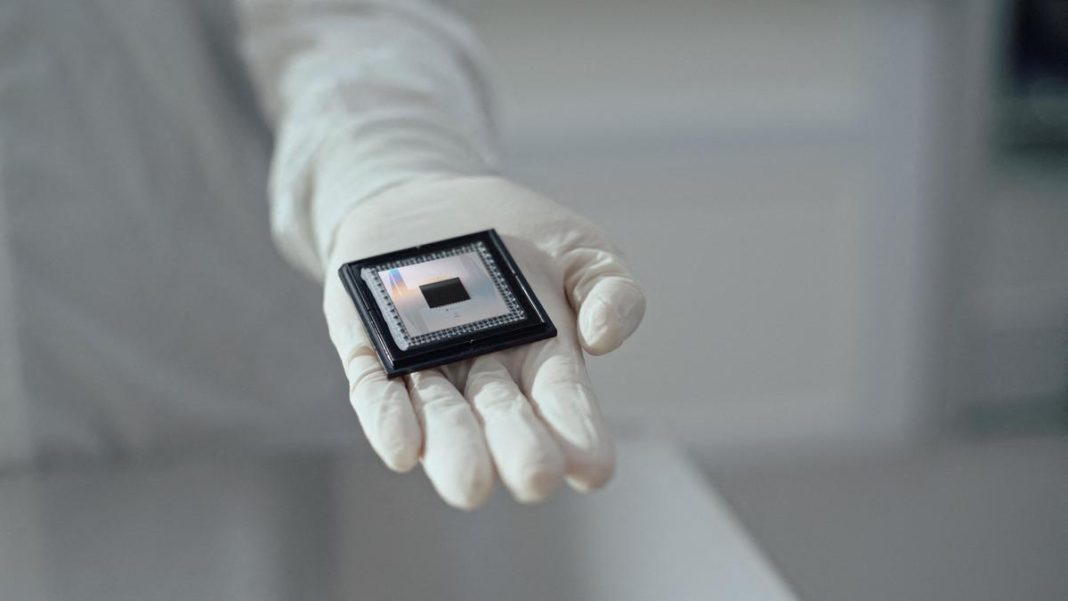Google Achieves Verifiable Quantum Advantage Breakthrough
Google’s Willow quantum processor has demonstrated verifiable quantum advantage, completing a complex task in hours that would take the world’s second-fastest supercomputer over three years. This landmark achievement, detailed in two Nature papers, represents a significant leap in quantum computing capabilities.
Key Takeaways
- Google’s Willow processor solved optimization problems much faster than classical supercomputers
- Researchers successfully measured scrambled quantum information using innovative techniques
- The breakthrough builds on Nobel Prize-winning quantum principles
- Applications remain prospective but mark decisive progress in quantum computing
How Quantum Computers Work
Quantum computers leverage wave interference principles similar to waves in a pond. When wave crests meet, they combine to create bigger waves, while crests meeting troughs cancel each other out. At the quantum level, particles behave like waves, and scientists can control this interference to amplify correct answers while eliminating wrong ones.
Decoded Quantum Interferometry (DQI)
Researchers developed a quantum algorithm called Decoded Quantum Interferometry (DQI) to solve optimization problems. DQI uses a quantum version of the Fourier transform to manipulate particle waves, ensuring waves representing good solutions reinforce each other while bad solutions fade out. For the optimal polynomial intersection problem, DQI found high-quality approximations much faster than any classical computer.
Understanding Quantum Scrambling
The second study focused on how information scrambles in quantum systems. Like dropping dye in a pool where it spreads until every water molecule carries a tiny piece of information, quantum data gets distributed across all quantum bits through interactions. The information becomes hidden in complex particle relationships.
Measuring Hidden Patterns
Researchers used an innovative echo measurement technique comparable to shouting in a warehouse and measuring how sound waves interact with a bell strike. By creating a “rewind” effect, they could detect faint leftover echoes carrying scrambled information patterns through OTOC measurements.
Demonstrating Quantum Advantage
The Willow processor completed intricate circuit simulations in two hours that would take supercomputers over three years. However, researchers haven’t mathematically proven that classical computers can’t eventually solve these problems efficiently. Independent verification and application to real-world physics or chemistry problems remain future goals.
Comparison with Google’s 2019 Claim
Unlike Google’s 2019 Sycamore processor experiment involving random circuit sampling, the new breakthrough addresses scientifically meaningful physical quantities with verifiable results. The findings could advance Hamiltonian learning – inferring unknown parameters of physical systems by comparing experimental data with simulations.
The research builds on principles developed by this year’s physics Nobel laureates, including Michel Devoret, Google Quantum AI’s chief scientist of quantum hardware. While applications remain prospective, these studies represent crucial progress toward practical quantum computing.




